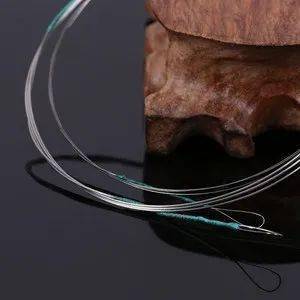Winding method of erhu
Winding strings is the easiest job, but it can also be troublesome. So what is the winding method of the erhu? Next, let's introduce the winding method of the erhu, let's take a look!
After the small holes of the strings are set on the small screws at the bottom of the piano holder, they must pass through the jins and the small holes of the piano shaft, twist the piano shaft, and wrap the strings around the piano shaft one by one, because Not just one circle, sometimes as many as seven or eight circles. A string that has been wound several times without care will fall off. When you rewind it again, often the string that has already formed a circle will be twisted when it is wound again. It is a steel wire with other materials wrapped around it. When the steel wire is twisted a few times, the outer material will also be twisted, which is either tight or loose! In this way, the structure of the string has undergone great changes. Of course, the sound quality will be greatly affected! Of course, you must be careful when winding the strings, and you cannot twist the strings.

A little trick that easily won't let you twist the strings. You can try, after passing the string through the hole in the shaft, bend the protruding point, and the loose string will not come out of the shaft. Then wrap a rubber band around the string once or twice and tie it to the shaft. At this time, when you wind the strings again, the strings will not come out easily. Once you've wrapped the strings a little tighter, cut the rubber band with scissors, clean it up, and tune the strings. It's done.

There are often many sound quality problems, which are caused by twisting the strings, especially the noise of the open strings. A twisted string, even if it is new, is basically scrap. I often don't care, and I can't remember when I twist the strings. Looking for faults from here and there, it is actually the reason why the strings are twisted.
 渝公网安备 50010702504639号
渝公网安备 50010702504639号